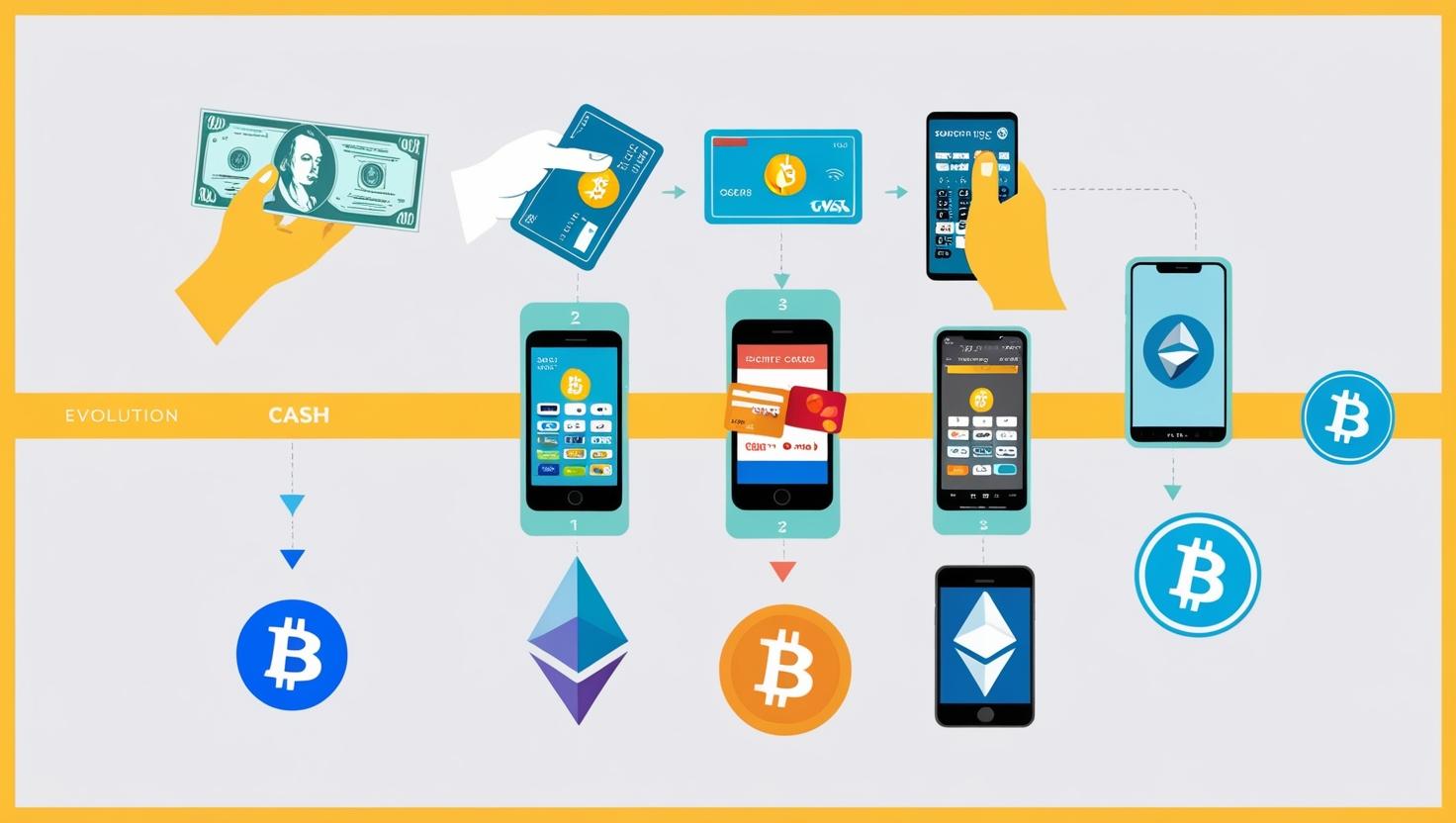08-02-2025
Banking, Loans & Credit Management
The Evolution of Payment Systems in the Digital Age
Introduction
Payment systems have undergone a significant transformation, shifting from traditional cash transactions to digital and contactless payments. With advancements in fintech, blockchain, and mobile technology, financial transactions are becoming faster, more secure, and more accessible. Understanding the evolution of payment systems is crucial for businesses, consumers, and financial institutions adapting to the modern digital economy.
Key Innovations Driving Payment System Evolution
1. Digital and Mobile Payments
- Mobile wallets like Apple Pay, Google Pay, and Samsung Pay allow seamless transactions.
- Contactless payment adoption has increased due to convenience and security.
2. Blockchain and Cryptocurrencies
- Decentralized finance (DeFi) and cryptocurrencies like Bitcoin and Ethereum offer alternatives to traditional banking.
- Blockchain enhances transaction security and reduces fraud risk.
3. Real-Time Payments (RTP) and Open Banking
- Systems like FedNow in the U.S. and UPI in India enable instant payments.
- Open banking initiatives allow secure data sharing between financial institutions and fintech providers.
4. Biometric Authentication
- Fingerprint, facial recognition, and voice authentication enhance payment security.
- Banks and fintech firms implement biometric verification to reduce fraud.
5. Buy Now, Pay Later (BNPL) Services
- Companies like Affirm, Klarna, and Afterpay offer installment-based payment solutions.
- BNPL is gaining traction among younger consumers seeking flexible payment options.
Impact of Digital Payment Systems on Finance
1. Increased Financial Inclusion
- Digital payments provide banking access to the unbanked population.
- Mobile banking apps and e-wallets simplify transactions in emerging markets.
2. Enhanced Security and Fraud Prevention
- AI-powered fraud detection reduces transaction risks.
- Encryption and tokenization protect sensitive payment data.
3. Reduction in Cash Usage
- Many countries are moving toward cashless economies to improve transaction efficiency.
- Businesses benefit from lower handling costs and reduced theft risks.
4. Expansion of Cross-Border Transactions
- Digital payments streamline international trade and remittances.
- Blockchain-based systems lower transaction fees and settlement times.
5. Regulatory and Compliance Challenges
- Governments impose regulations on digital payment platforms to prevent money laundering.
- Compliance with data protection laws like GDPR and CCPA is critical for fintech firms.
How Businesses and Consumers Can Adapt
1. Embracing Digital Wallets and Contactless Payments
- Consumers should explore secure digital payment options for daily transactions.
- Businesses should integrate digital payment solutions to enhance customer convenience.
2. Understanding Blockchain and Cryptocurrency Payments
- Educating oneself on cryptocurrency regulations helps businesses accept crypto payments.
- Monitoring regulatory updates ensures compliance in digital transactions.
3. Implementing Strong Cybersecurity Measures
- Businesses should invest in encryption, two-factor authentication, and fraud detection.
- Consumers must use secure networks and avoid sharing financial information online.
4. Leveraging Open Banking and Fintech Innovations
- Companies can collaborate with fintech firms to enhance financial services.
- Open banking APIs improve payment processing and customer experience.
5. Staying Informed About Regulatory Changes
- Compliance with evolving digital payment regulations is necessary for businesses.
- Consumers should ensure their digital payment providers follow legal and security guidelines.
Conclusion
The evolution of payment systems is reshaping global finance, offering faster, more secure, and accessible financial transactions. While challenges like cybersecurity risks and regulatory compliance remain, digital payment innovations continue to enhance financial services. Businesses and consumers who adapt to these technological advancements will benefit from greater efficiency and security in financial transactions.
Source: McKinsey & Company, "The Future of Digital Payments: Trends and Innovations," mckinsey.com

